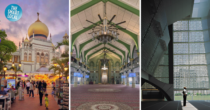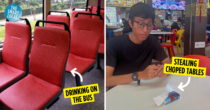Eco-friendly features in Singapore
You might remember bombarding your parents with a never ending list of why, why and whys as a kid – such as “Why is the sky blue?” and “Can we touch clouds?”
Although we’ve grown up and stopped asking so many questions, there’s no doubt that curious things around us still exist – leaving us with another bunch of unanswered whys.
From strange-looking holes in buildings to specially constructed roads, here are 7 hidden eco-features in Singapore that will give you some fun-fact bragging rights. Some of them may even be right at your doorstep.
1. ‘Holes’ in buildings provide ventilation
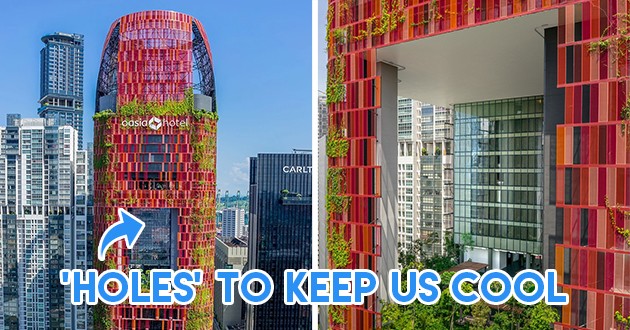
Images adapted from: K.Kopter
It’s no secret that the top level of most buildings are the coolest, simply because there are lesser obstructions to the wind. Using the same idea, many new buildings have ‘holes’ in their design – like Oasia Hotel. More than just being funky designs, these ‘holes’ facilitate the flow of air in our city, preventing air and heat from being trapped within buildings hence cooling us down.
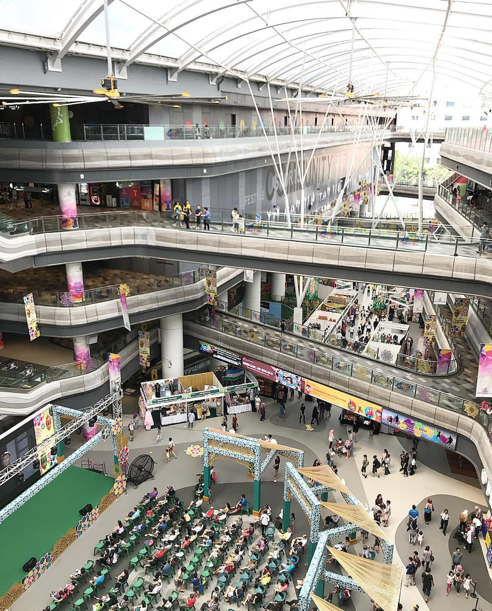
Image credit: @dennistanyh
If you’re one of those polar bears who insist on having aircon wherever you go, check out Our Tampines Hub (OTH). This community space was built with a naturally ventilated concourse that keeps you super cool despite the lack of air-conditioning. Other green features of OTH include an Eco-Community Garden and food waste digesters.
2. Elevating coastal areas to prevent high tides from reaching our roads
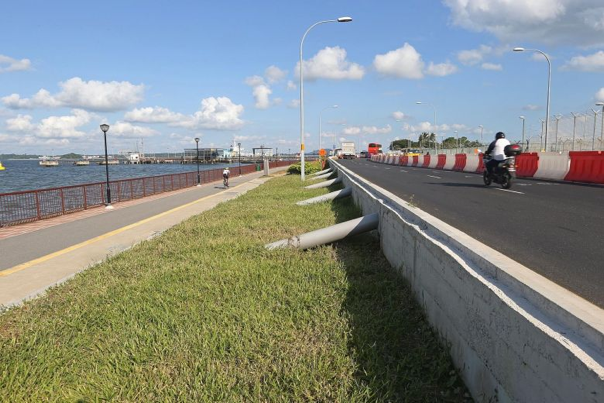
Image credit: The Straits Times
As they say, prevention is better than cure. While Singapore is not prone to natural disasters such as tsunamis due to its geographical location, it being a low lying island makes rising sea levels due to climate change a cause for concern.
And so, roads and pavements at coastal areas are actually elevated to keep motorists safe during events such as high tides. You can spot this at the roads of Nicoll Drive, which goes along the shoreline of Changi Beach.
3. Mosquito traps placed in neighbourhoods to combat dengue
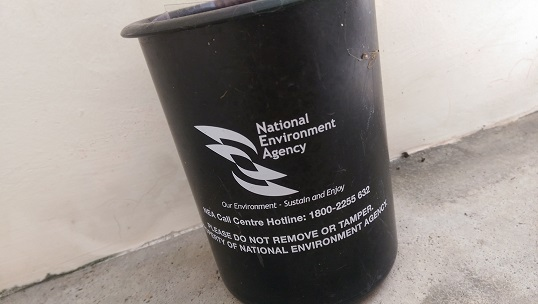
Image Credit: NUS Blog
You might have seen these black bins placed along the corridors and stairwells of HDBs, but they aren’t what you think they’re for.
If you take a closer look, the bins are lined with a sticky surface. Instead of being rubbish bins for your food scraps or plastic bags, these Gravitraps trap sneaky female Aedes Mosquitoes looking for stagnant water surfaces to lay their eggs. And with all the news about dengue in Singapore, this acts as a precaution to keep everyone safe.
With rising temperatures, no thanks to climate change, the fight against the spread of mosquito-borne diseases like dengue and Zika only gets stronger. Other measures taken include the Wolbachia technique, which you can read about here.
4. Our trees help purify and cool the air
“Wah, I really cannot tahan the weather today,” is something many of us are familiar with saying. Though the weather in our little red dot can get pretty crazy, that doesn’t mean we shouldn’t be counting our blessings.
Our nation’s ‘City in a Garden’ vision aims to integrate more green spaces into our urban environment, and we’ve got our good ol’ trees to help. Not only do they give us much needed shade from the heat, but they cool the air by releasing water into the atmosphere too.
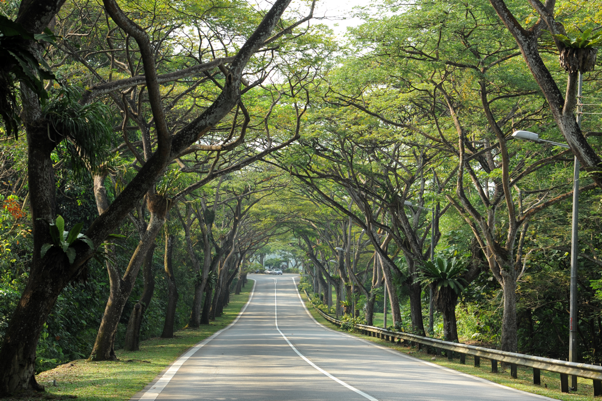
With over 1,052 species of trees in Singapore, everything from the location and type of tree planted is meticulously planned – some are even drought-resistant!
Image credit: NParks
And if bio classes has taught us anything, we know that trees are great for offsetting all that CO2 in the air, reducing the greenhouse effect in the process.
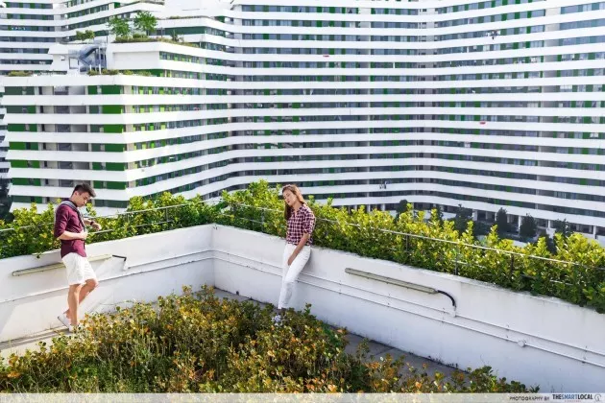
In line with the whole Garden City idea, most new buildings are designed to be eco-friendly. Examples include the self-sufficient vertical gardens at Changi Airport, to the many rooftop gardens in HDBs. Not only do they make perfect backdrops for your OOTDs, they also help lower ambient temperatures.
5. Geo Bag Seawalls protect our beaches
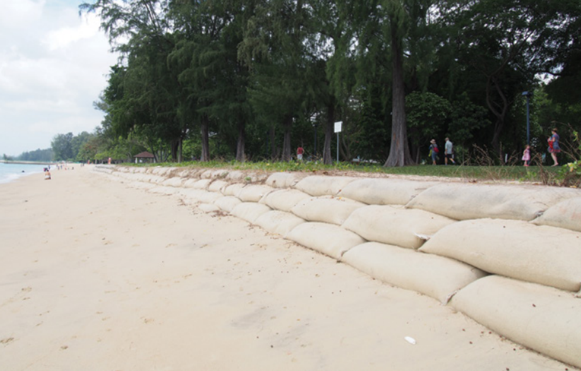
Image Credits: NCCS
You might recall your geog teacher back in secondary school telling you that East Coast Park is built entirely on reclaimed land. The beaches are thus more prone to soil erosion as what was once East Coast Beach was really just… water. That means there’s a risk of our beautiful sandy shores disappearing overnight. Sobs.
But thankfully, these Geo Bag Seawalls along our beaches help stabilise and preserve them by making sure the sand doesn’t get washed away.
6. Ride and bike sharing services to reduce the number of vehicles on the road
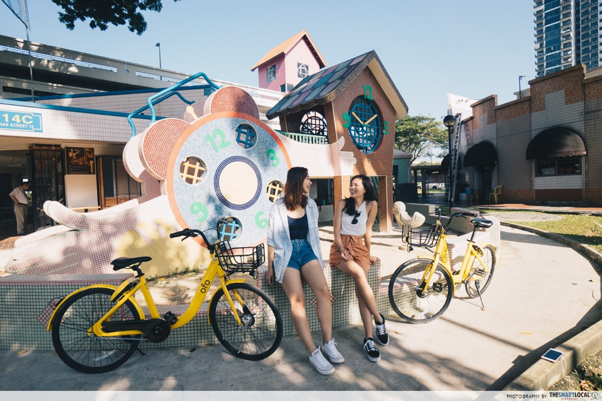
Services like ride and bike sharing have become part of our everyday lives, and while they really haven’t been around for the longest time, it’s hard to imagine a life without them.
The convenience and cost savings they bring provide us with the incentive to use such services. And by doing so, we’re actually doing our part to go green by reducing the number of vehicles on the road. Lesser cars = lower carbon emissions!
*Bonus* Construction of more sheltered walkways and cycling paths
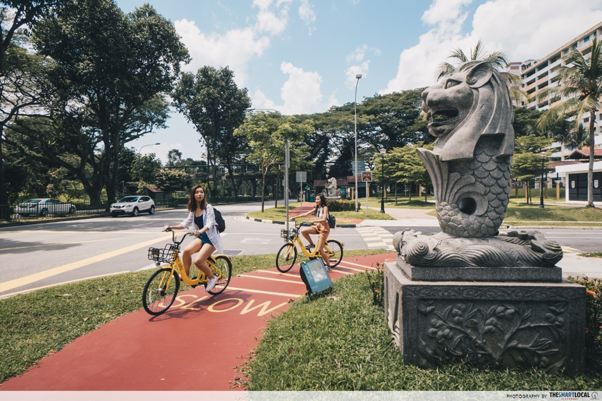
Besides ride and bike sharing services, another way we can go car-lite and fight climate change is to rely on the best Personal Mobility Devices we have – our own two legs. That’s why you’ll see more sheltered walkways and cycling paths popping up to encourage Singaporeans to walk and cycle, which reduces our carbon footprint and greenhouse gases.
7. Buildings in Singapore are usually painted white to keep us cool
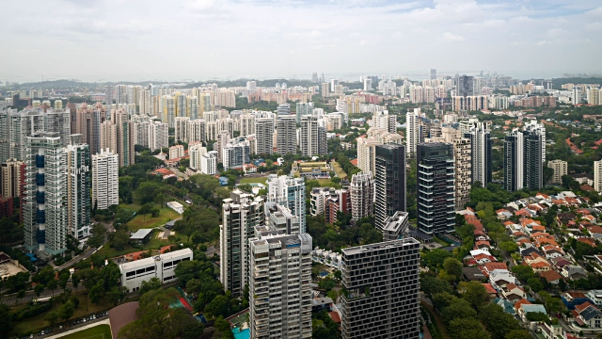
Image credit: catchlights_sg
If you were to take a drone and take a snapshot of Singapore from an aerial view, you’d notice that white is the predominant colour of our buildings. This is no coincidence. We all know darker colours absorb heat and lighter ones reflect, so the white buildings essentially prevent heat absorption – another genius attempt to keep us cool.
Reducing our carbon footprint in Singapore
Climate change affects us as a teeny nation more than you think. By the end of the century, daily mean temperatures in Singapore could rise by 1.4 degrees to 4.6 degrees. Imagine living in a 36 deg environment…everyday. *Shudders*.
So to ensure our way of life remains sustainable, we should do our part in reducing Singapore’s carbon footprint. You don’t have to come up with some genius invention that fixes the ozone layer, all you need to do is be environmentally conscious in the little things.
Learn more at the Sustainable Singapore Gallery
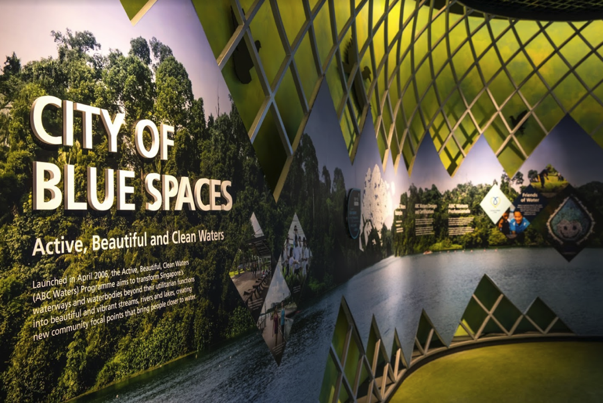
Image credit: MEWR
It’s the Year of Climate Action for Singapore and here’s a great way to learn about how you can help fight climate change and lead a more sustainable lifestyle. The newly revamped Sustainable Singapore Gallery at Marina Barrage is an interactive, multi-sensory showcase of Singapore’s environmental transformation and sustainability story.
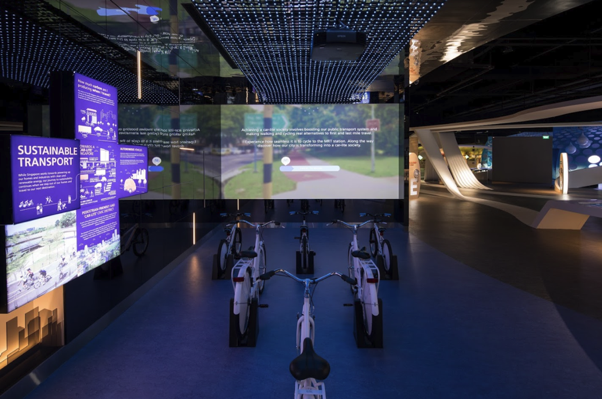
Learn more about sustainable living through fun and interactive exhibits.
Image credit: MEWR
You can have fun while learning about various environmental topics from its 6 zones. For example, the “Red Dot” zone addresses our country’s vulnerability to climate change as a low-lying island city state, while “The Journey to Zero” zone shows how Singapore is working towards becoming a Zero Waste Nation.
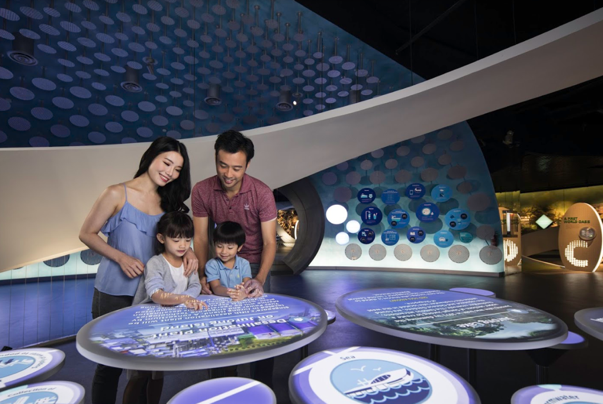
The revamped gallery also comes with immersive multimedia displays and AR exhibits, so you’re sure to be entertained. Plus, guided tours are available upon request – for free. Sure seems like a good idea for your next family outing!
For tour bookings, head to PUB’s website here.
Pledge now to take Climate Action for a sustainable future!
This post was brought to you by the Ministry of the Environment and Water Resources.

Drop us your email so you won't miss the latest news.




